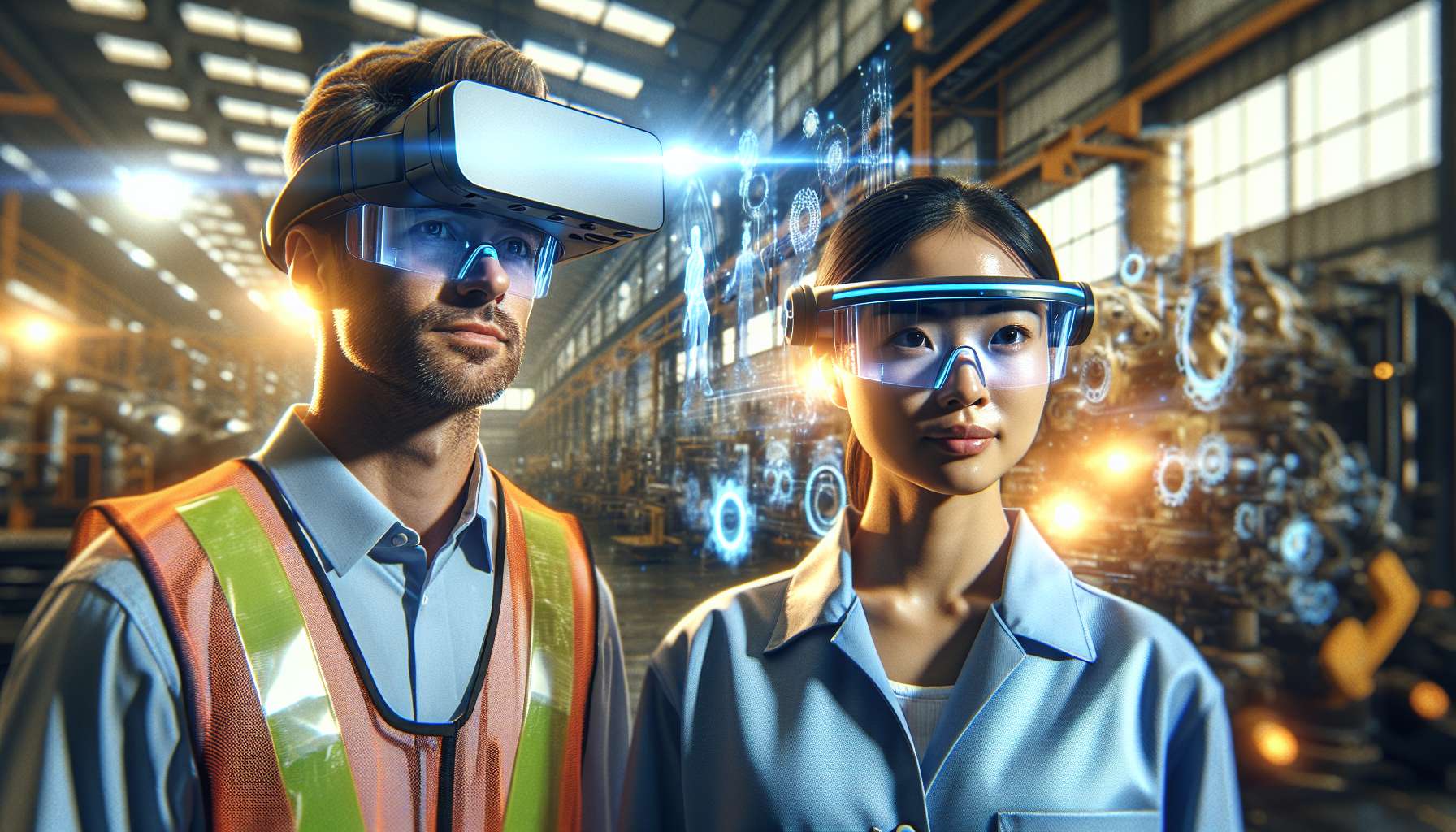The Power of Augmented Reality in Manufacturing: Revolutionizing Product Demos and Prototypes
Augmented Reality (AR) has emerged as a game-changing technology in various industries, and manufacturing is no exception. With its ability to overlay digital information onto the real world, AR is revolutionizing the way product demos and prototypes are created and presented. In this article, we will explore the benefits of AR in manufacturing and how it is transforming the industry.
Enhanced Product Visualization
One of the key advantages of AR in manufacturing is its ability to provide enhanced product visualization. Traditional product demos often rely on static images or 3D models, which can be limiting in terms of conveying the true look and feel of a product. AR bridges this gap by allowing users to view virtual 3D models of products in the real world, providing a more immersive and realistic experience. This enables manufacturers to showcase their products in a way that was previously unimaginable, giving potential customers a better understanding of the product’s features and benefits.
Streamlined Prototyping Process
AR is also transforming the prototyping process in manufacturing. Traditionally, creating physical prototypes can be time-consuming and costly. With AR, manufacturers can now create virtual prototypes that can be visualized and tested in real-time. This not only speeds up the prototyping process but also allows for quick iterations and modifications based on feedback. By eliminating the need for physical prototypes, manufacturers can save both time and resources, ultimately accelerating the product development cycle.
Improved Collaboration and Communication
AR technology enables real-time collaboration and communication among teams involved in the manufacturing process. With AR-powered tools, designers, engineers, and other stakeholders can work together remotely, visualizing and discussing product designs and modifications as if they were in the same room. This level of collaboration not only enhances efficiency but also reduces the risk of miscommunication and errors. By leveraging AR, manufacturers can foster better teamwork and ensure that everyone is on the same page throughout the product development lifecycle.
Training and Skill Development
AR is proving to be a valuable tool for training and skill development in the manufacturing industry. By overlaying digital instructions and guidance onto real-world equipment, AR can provide step-by-step training for assembly, maintenance, and repair tasks. This immersive and interactive training experience helps reduce the learning curve for new employees and enhances the skills of existing ones. With AR, manufacturers can ensure that their workforce is well-equipped to handle complex tasks, leading to improved productivity and reduced errors.
Cost Savings and Increased Efficiency
Implementing AR in manufacturing can result in significant cost savings and increased efficiency. By streamlining the prototyping process, reducing the need for physical prototypes, and enabling remote collaboration, manufacturers can save both time and resources. Additionally, AR can help minimize errors and rework by providing real-time visual guidance, leading to improved quality control and overall efficiency. With these benefits, manufacturers can optimize their operations, reduce costs, and deliver products to market faster.
The Future of AR in Manufacturing
The potential of AR in manufacturing is vast, and we are only scratching the surface of its capabilities. As the technology continues to evolve, we can expect even more advanced features and applications. From real-time data visualization to predictive maintenance, AR has the potential to transform every aspect of the manufacturing industry. By embracing AR, manufacturers can stay ahead of the competition, enhance customer experiences, and unlock new opportunities for growth.
In conclusion, augmented reality is revolutionizing the manufacturing industry by transforming product demos and prototypes. With enhanced product visualization, streamlined prototyping processes, improved collaboration, and training capabilities, as well as cost savings and increased efficiency, AR is proving to be a game-changer. As the technology continues to advance, the future of AR in manufacturing looks promising, and businesses that embrace it will undoubtedly reap the benefits.





